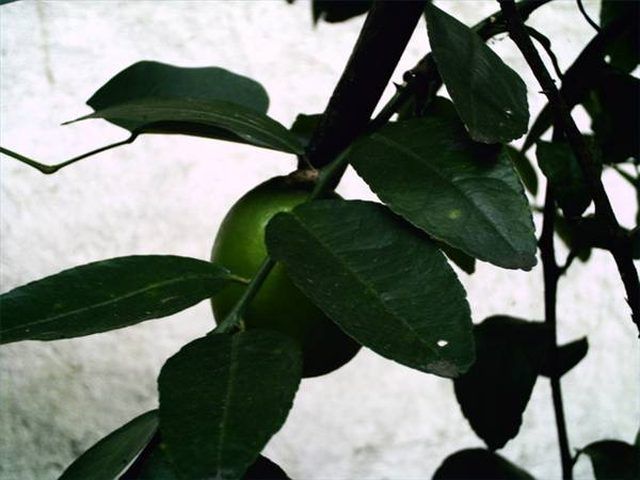Bulbs
Flower Basics
Flower Beds & Specialty Gardens
Flower Garden
Garden Furniture
Garden Gnomes
Garden Seeds
Garden Sheds
Garden Statues
Garden Tools & Supplies
Gardening Basics
Green & Organic
Groundcovers & Vines
Growing Annuals
Growing Basil
Growing Beans
Growing Berries
Growing Blueberries
Growing Cactus
Growing Corn
Growing Cotton
Growing Edibles
Growing Flowers
Growing Garlic
Growing Grapes
Growing Grass
Growing Herbs
Growing Jasmine
Growing Mint
Growing Mushrooms
Orchids
Growing Peanuts
Growing Perennials
Growing Plants
Growing Rosemary
Growing Roses
Growing Strawberries
Growing Sunflowers
Growing Thyme
Growing Tomatoes
Growing Tulips
Growing Vegetables
Herb Basics
Herb Garden
Indoor Growing
Landscaping Basics
Landscaping Patios
Landscaping Plants
Landscaping Shrubs
Landscaping Trees
Landscaping Walks & Pathways
Lawn Basics
Lawn Maintenance
Lawn Mowers
Lawn Ornaments
Lawn Planting
Lawn Tools
Outdoor Growing
Overall Landscape Planning
Pests, Weeds & Problems
Plant Basics
Rock Garden
Rose Garden
Shrubs
Soil
Specialty Gardens
Trees
Vegetable Garden
Yard Maintenance
How to Tell a Lemon From a Lime Tree
How to Tell a Lemon From a Lime Tree. When some limes have not yet ripened, their color may resemble the yellow color of a mature lemon. Also, some citrus trees produce yellow limes, called "key limes." Some limes can be shaped like lemons and turn yellow when they fully mature. Although it can be difficult to determine by color whether or not a...

When some limes have not yet ripened, their color may resemble the yellow color of a mature lemon. Also, some citrus trees produce yellow limes, called "key limes." Some limes can be shaped like lemons and turn yellow when they fully mature. Although it can be difficult to determine by color whether or not a citrus tree is bearing lemons or limes, there are other characteristics of the tree that will help you determine its type.
Things You'll Need
Leaf from the tree
Bark sample
Examine the size of the tree. Generally, lime trees are smaller than lemon trees. Lime trees grow to be 6 to 13 feet tall. Lemon trees, on the other hand, will grow to be 10 to 20 feet tall.
Look at the leaves. When the flowers are in bloom, the flowers of a lemon tree will have purple blush, while the flowers of a lime tree have white blush. Also, most lemon tree leaves will be larger in size than lime trees, ranging from 4 to 5 inches in length. Most lime tree leaves are no more than 3 inches long.
Smell a leaf. When torn, lemon leafs have a mild scent. Lime tree leaves, however, have a strong lime scent that immediately identifies the tree.
Smell a sample of the tree bark. Carefully break off a leaf and smell the exposed bark underneath. The bark of a lemon tree has no perceptible scent, while the bark of a lime tree has a very strong lime scent.
Tips & Warnings
Remember that there are different varieties of lemons and limes, each with their own physical characteristics.
Also consider the type of land on which the tree is planted and the climate. Lime trees cannot tolerate the cold as do some lemon trees.